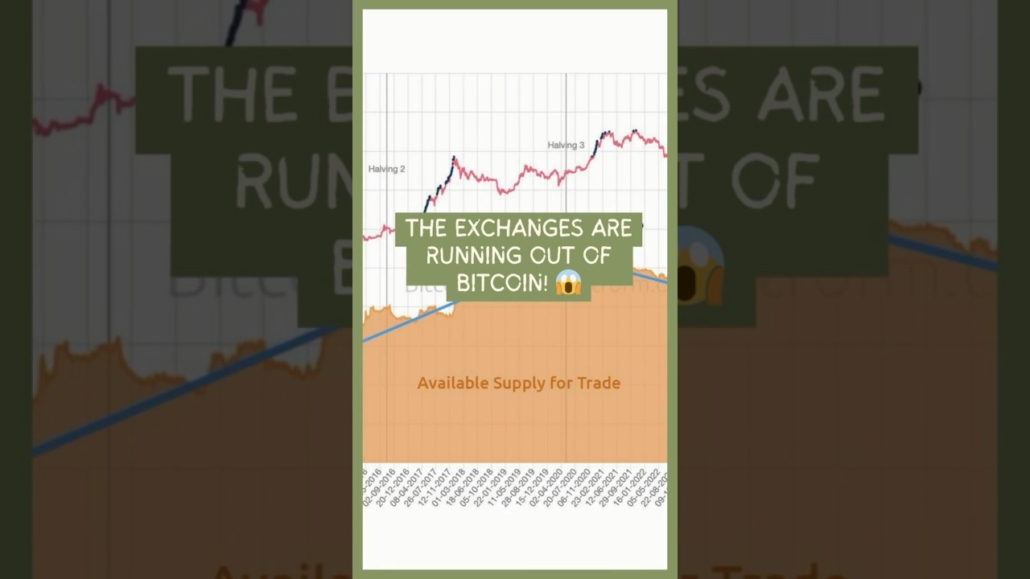“Buy the corn or grow the corn”
Have you ever thought about the economics behind Bitcoin mining? It’s a fascinating concept that revolves around the idea of producing Bitcoin at a lower cost rather than buying it at market rates. In this blog post, we’ll explore the economics of Bitcoin mining and why miners choose to grow their own Bitcoin.
Imagine you have the means to grow corn in your backyard. Would you rather do that at a fraction of the cost or buy it for a premium at a market? The same principle applies to Bitcoin mining. Instead of purchasing Bitcoin at prevailing market rates, miners set out to produce it themselves, often achieving a production cost considerably lower than the market price.
The cornerstone of cost-efficient Bitcoin production is an ASIC (Application-Specific Integrated Circuit) miner. This impressive piece of technology comprises dedicated power supplies, cooling systems, and uniquely designed chips for optimized calculations. The hashpower of each miner, denoted in $/TH (Dollars per Terahash), determines its efficiency and market value.
Efficiency is crucial in Bitcoin mining as it directly impacts the amount of Bitcoin produced for a given amount of electricity consumed. An optimally efficient machine can generate a more significant amount of Bitcoin with just 1 kWh of electricity compared to less efficient miners. Miners strive to optimize every available resource to ensure that every Satoshi of Bitcoin is produced at the lowest possible cost.
Bitcoin mining is not just about producing digital currency; it’s about doing so with precision and maximizing resources. Miners carefully calculate their costs and aim to minimize them to increase their profitability. By growing their own Bitcoin, miners can control the production process and reduce their reliance on market fluctuations.
As you can see, the economics of Bitcoin mining are fascinating. Miners are driven by the desire to produce Bitcoin at a lower cost than buying it from the market. They invest in advanced technology and optimize every aspect of the mining process to maximize their efficiency and profitability. Just like a farmer growing his own corn, Bitcoin miners take pride in producing every Satoshi of Bitcoin with precision and at the lowest possible cost.



Social Media